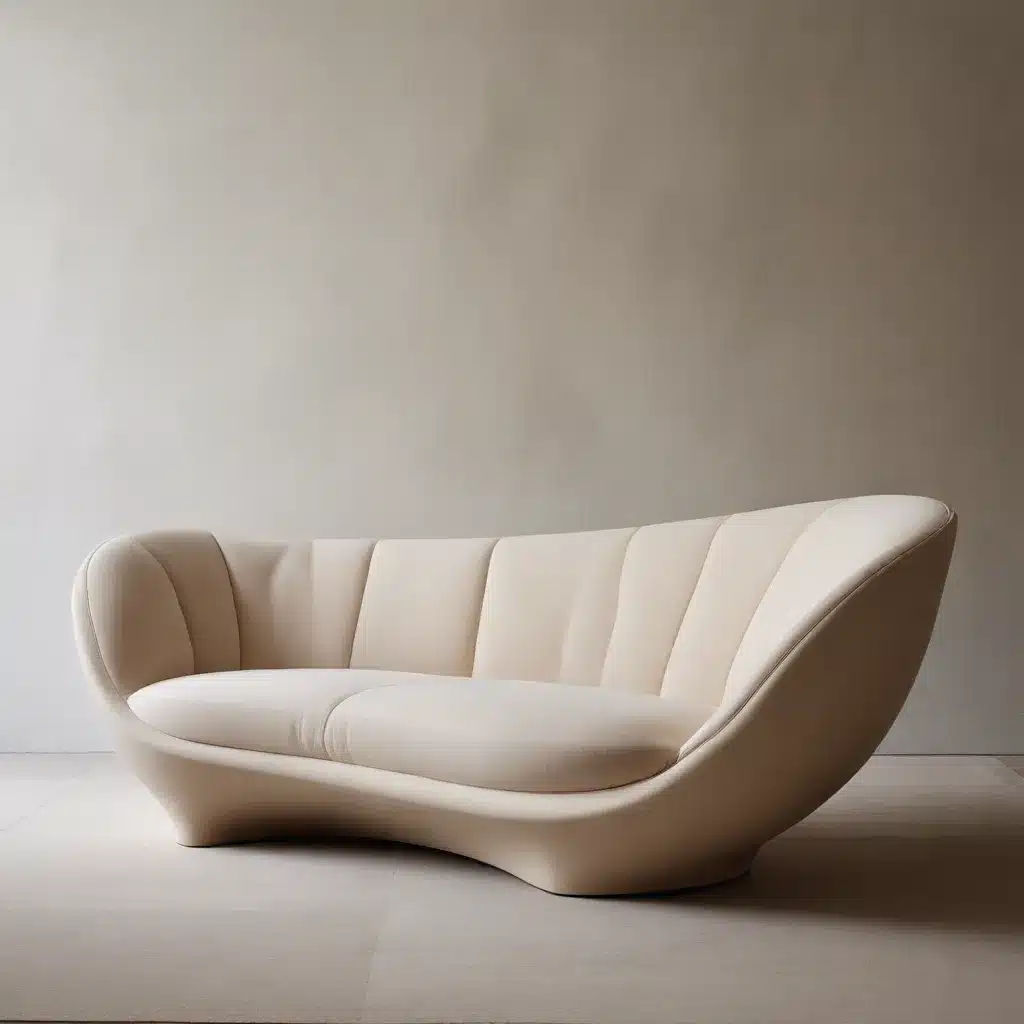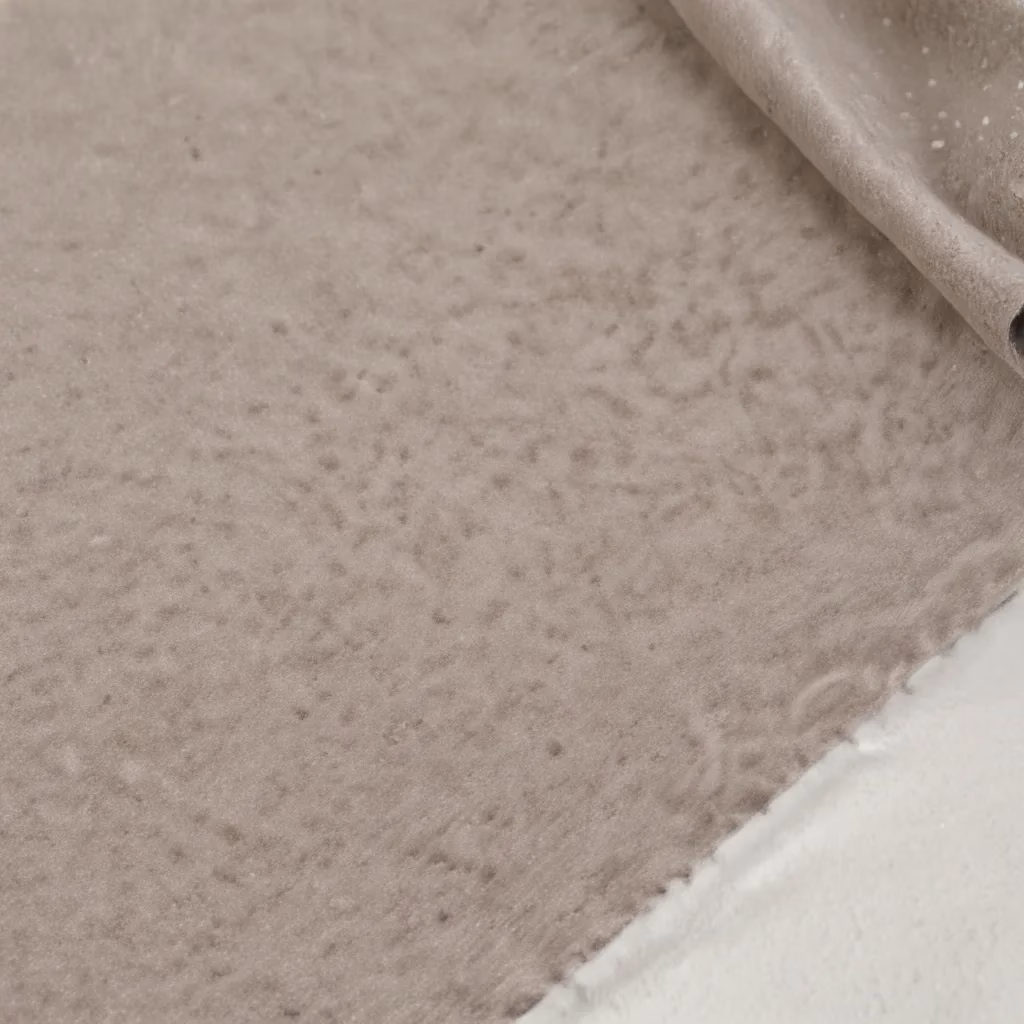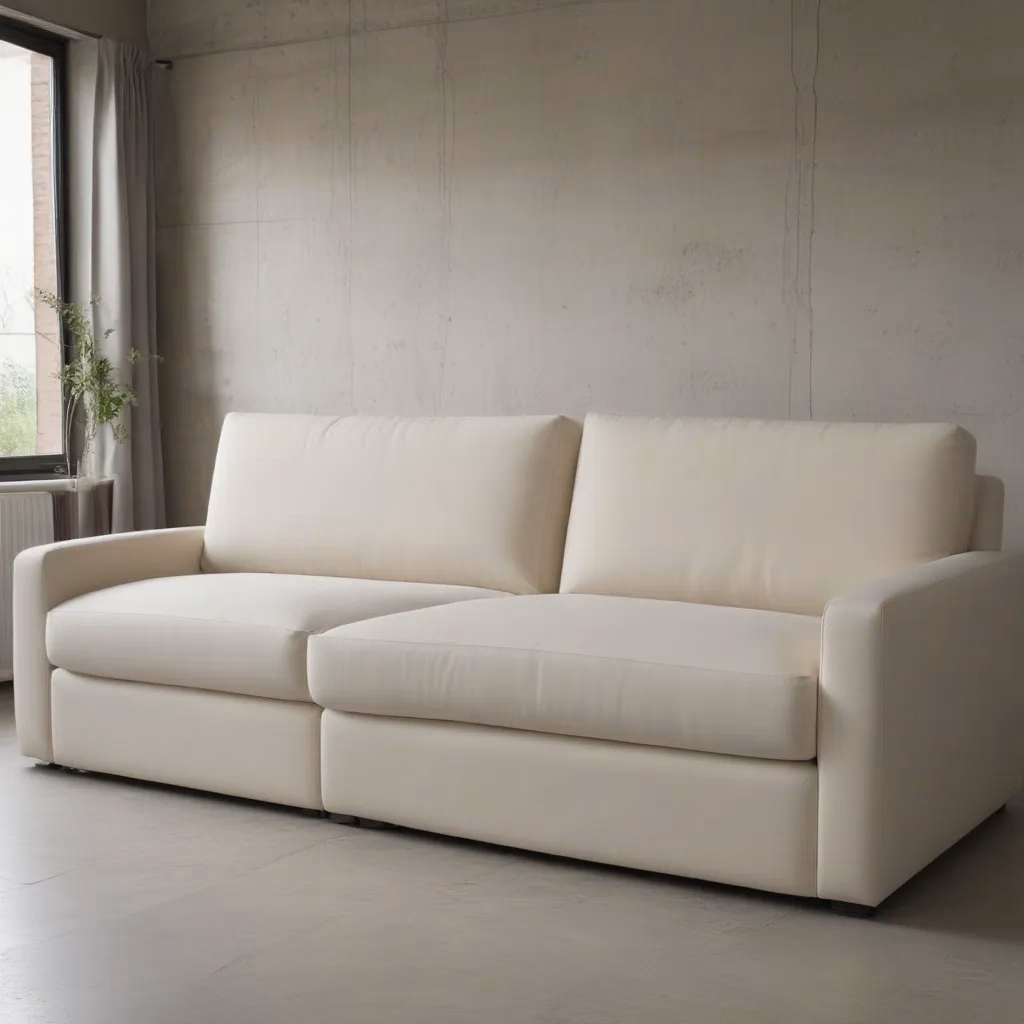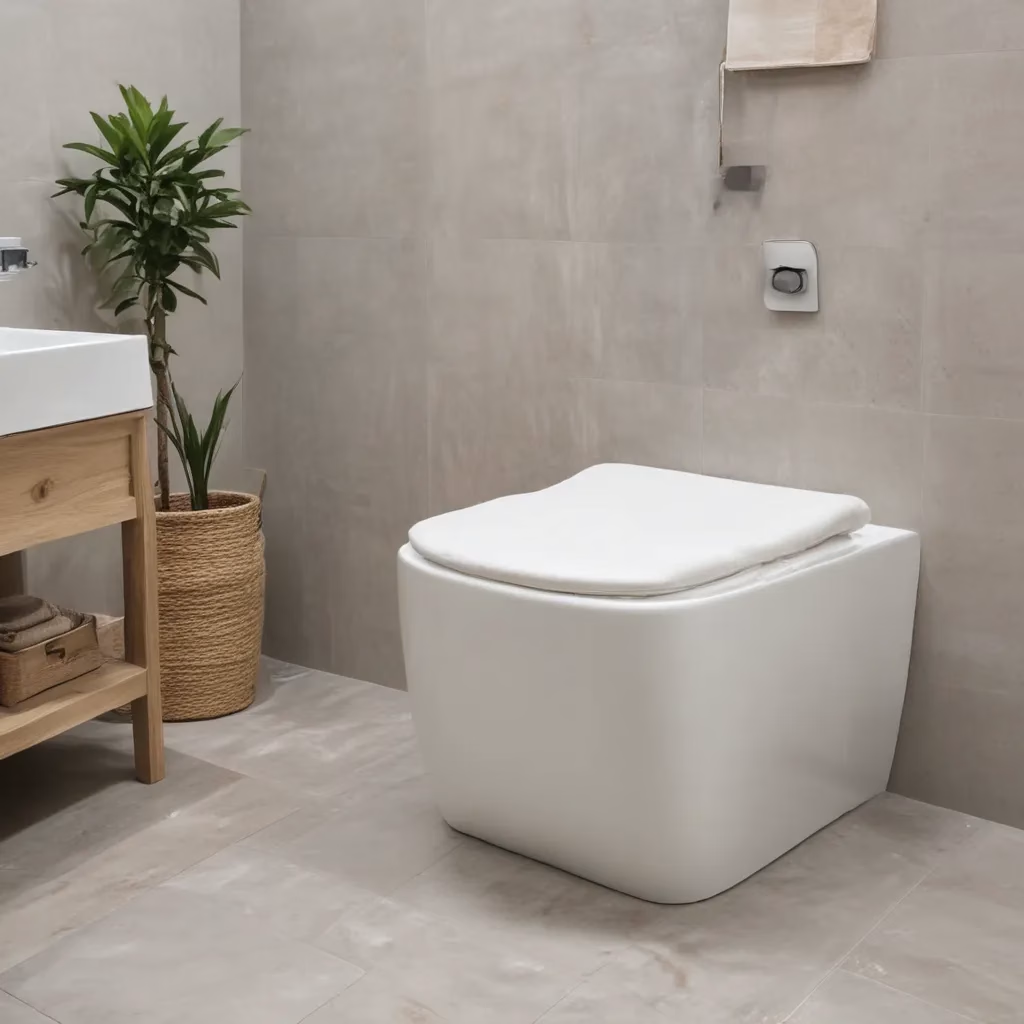
The Rise of Curved Sofas in UK Homes
In recent years, British homeowners have shown a growing interest in sofas with sculptural, curved designs. This trend marks a shift away from the rigid, angular forms that dominated furniture design in previous decades. Curved sofas offer a softer, more organic look that many find appealing for creating welcoming and relaxing living spaces.
The popularity of curved sofas in the UK can be attributed to several factors. Firstly, there’s a renewed appreciation for comfort and cosiness in home interiors. Curved shapes naturally invite people to sit and relax, creating a sense of envelopment and security. Secondly, these sofas often serve as striking focal points in a room, adding visual interest and a touch of elegance to both traditional and contemporary settings.
Another reason for the rise of curved sofas is their versatility in various room layouts. Unlike their straight-edged counterparts, curved sofas can be positioned in unconventional ways, allowing for more creative furniture arrangements. This flexibility is particularly valuable in UK homes, where living spaces may be compact or irregularly shaped.
Benefits of Choosing a Curved Sofa
Opting for a curved sofa can bring numerous advantages to your living space. Here are some key benefits to consider:
-
Enhanced Visual Appeal: Curved sofas add a sense of fluidity and movement to a room, creating a more dynamic and interesting visual environment.
-
Improved Conversation Flow: The curved shape naturally encourages face-to-face interaction, making these sofas ideal for socialising and family gatherings.
-
Space Optimisation: In smaller UK homes, curved sofas can help maximise seating capacity without taking up excessive floor space.
-
Comfort: The ergonomic design of curved sofas often provides better support for the body, leading to increased comfort during extended periods of sitting.
-
Versatility: Curved sofas work well in various interior styles, from classic to contemporary, making them a versatile choice for different home aesthetics.
To better understand the impact of curved sofas on different aspects of interior design, consider the following comparison:
| Aspect | Curved Sofa | Traditional Straight Sofa |
|---|---|---|
| Visual Impact | High – creates a focal point | Moderate – blends with surroundings |
| Space Utilisation | Efficient in corners and open areas | Best for rectangular rooms |
| Conversation Facilitation | Excellent – promotes face-to-face interaction | Good – depends on arrangement |
| Aesthetic Flexibility | Suits various styles | May be limited to certain decor themes |
| Comfort Level | Often ergonomically designed | Varies depending on model |
Popular Curved Sofa Styles in the UK Market
1. Crescent Sofas
Crescent sofas, characterised by their gentle C-shape, have become increasingly popular in UK homes. These sofas offer a perfect balance between style and functionality, providing ample seating while creating a visually striking silhouette.
The curved form of crescent sofas makes them ideal for large living rooms or open-plan spaces. They can effectively zone an area without the need for physical partitions, making them a smart choice for modern UK homes that favour open layouts.
Many British consumers appreciate the versatility of crescent sofas. They work well as standalone pieces or can be paired with ottomans and armchairs to create a cohesive seating arrangement. The subtle curve also allows for better eye contact between people seated at different ends of the sofa, enhancing social interaction.
2. Circular Sofas
For those looking to make a bold statement, circular sofas have emerged as a popular choice in the UK. These fully rounded sofas create a striking visual impact and can serve as the centrepiece of a living room or a spacious foyer.
Circular sofas are particularly well-suited to large, open spaces where they can be appreciated from all angles. They offer a unique seating experience, allowing people to face each other in a more intimate setting. This makes them excellent for hosting gatherings or creating cosy conversation nooks.
While circular sofas may not be practical for every UK home due to their size requirements, they have found favour in luxury residences and boutique hotels across the country. Their unique shape challenges traditional furniture arrangements and encourages a more creative approach to interior design.
3. Serpentine Sofas
Serpentine sofas, with their sinuous S-shaped curves, offer a more dramatic take on the curved sofa trend. These sofas have gained traction among UK homeowners who want to add a touch of artistic flair to their living spaces.
The flowing lines of serpentine sofas create a sense of movement and can make a room feel more dynamic. They work particularly well in contemporary interiors but can also add an interesting contrast to more traditional settings.
One of the advantages of serpentine sofas is their ability to define separate areas within a single piece of furniture. The curves can create distinct seating zones, allowing for different activities or conversation groups within the same sofa.
Choosing the Right Curved Sofa for Your UK Home
When selecting a curved sofa for your home in the UK, several factors should be taken into consideration:
-
Room Size and Layout: Measure your space carefully to ensure the curved sofa will fit comfortably. Consider how it will interact with other furniture and architectural features in the room.
-
Material Selection: Choose a material that suits your lifestyle and the sofa’s intended use. Options range from easy-to-clean fabrics for family homes to luxurious velvets for more formal settings.
-
Colour and Pattern: Select a colour or pattern that complements your existing decor. Neutral tones offer versatility, while bold colours can make a statement.
-
Comfort Level: Test the sofa for comfort if possible. Consider factors like seat depth, cushion firmness, and back support.
-
Maintenance Requirements: Think about the long-term care needed for the sofa. Some materials may require professional cleaning, while others are more low-maintenance.
To help you make an informed decision, here’s a comparison of common materials used in curved sofas:
| Material | Durability | Comfort | Maintenance | Suitable for |
|---|---|---|---|---|
| Leather | High | Good, improves with age | Moderate | Formal living rooms, offices |
| Linen | Moderate | Excellent | High | Casual living spaces, sunrooms |
| Velvet | Moderate | Very good | High | Formal settings, luxury interiors |
| Microfibre | High | Very good | Low | Family rooms, high-traffic areas |
| Wool | High | Excellent | Moderate | All-season comfort, classic interiors |
Incorporating Curved Sofas into UK Interior Design Schemes
Integrating a curved sofa into your UK home’s interior design requires thoughtful consideration. Here are some tips to help you make the most of your sculptural seating:
Create a Focal Point
Use your curved sofa as the centrepiece of your living room. Position it where it can be appreciated from multiple angles, such as floating in the centre of the room or anchoring a conversational grouping.
Balance with Straight Lines
To prevent the space from feeling too busy, balance the curves of your sofa with straight-lined furniture pieces. For example, pair a crescent sofa with a rectangular coffee table or straight-backed chairs.
Consider Scale
Ensure that the size of your curved sofa is proportionate to the room. In smaller UK homes, opt for sofas with subtler curves to avoid overwhelming the space.
Play with Textures
Enhance the visual interest of your curved sofa by incorporating a variety of textures in your room design. Mix smooth fabrics with rougher textures in cushions, rugs, and curtains to create a rich, layered look.
Complement with Circular Elements
Echo the curves of your sofa with other rounded elements in the room, such as circular mirrors, globe pendant lights, or round side tables. This creates a cohesive design theme throughout the space.
Material Choices for Curved Sofas in the UK Market
The choice of material for your curved sofa can significantly impact both its appearance and functionality. Here’s an overview of popular options available in the UK:
Fabric Upholstery
Fabric remains a favourite choice for many UK homeowners due to its versatility and comfort. Options range from natural fibres like cotton and linen to synthetic blends that offer increased durability.
Pros of fabric upholstery:
– Wide range of colours and patterns available
– Generally more affordable than leather
– Can be treated for stain resistance
Cons of fabric upholstery:
– May require more frequent cleaning
– Can be prone to fading in direct sunlight
– Some fabrics may pill or wear over time
For UK homes with children or pets, performance fabrics have become increasingly popular. These materials are designed to resist stains, wear, and fading, making them a practical choice for busy households.
Leather Upholstery
Leather is a timeless choice that can add a touch of luxury to any curved sofa. It’s particularly well-suited to the sculptural forms of curved designs, as it can be moulded smoothly around complex shapes.
Pros of leather upholstery:
– Durable and long-lasting
– Improves with age, developing a unique patina
– Easy to clean and maintain
Cons of leather upholstery:
– More expensive than most fabric options
– Can feel cold in winter and sticky in summer
– May scratch or mark easily, especially with pets
In the UK market, both genuine leather and high-quality faux leather options are available. Faux leather can be a more affordable and animal-friendly alternative, although it may not have the same longevity as genuine leather.
Velvet Upholstery
Velvet has seen a resurgence in popularity for curved sofas in the UK, particularly in jewel tones that add a rich, luxurious feel to living spaces.
Pros of velvet upholstery:
– Luxurious look and feel
– Available in deep, saturated colours
– Soft and comfortable to sit on
Cons of velvet upholstery:
– Can be challenging to clean
– May show crush marks and wear patterns
– Tends to attract dust and pet hair
When choosing velvet for a curved sofa, opt for high-quality, dense velvet that will maintain its appearance over time. Many UK retailers now offer velvet sofas with stain-resistant treatments, making them more practical for everyday use.
Comfort Considerations for Curved Sofas
While the aesthetic appeal of curved sofas is undeniable, comfort should remain a top priority when selecting furniture for your UK home. Here are some factors to consider:
Seat Depth
The ideal seat depth can vary depending on your height and personal preferences. Most curved sofas in the UK market offer seat depths between 55-65 cm. Deeper seats allow for more relaxed lounging, while shallower seats provide better support for sitting upright.
Back Support
Look for curved sofas with adequate back support. Some designs feature a continuous curved back, while others have separate back cushions. The latter can often be adjusted or fluffed for personalised comfort.
Cushion Filling
The type of cushion filling used can significantly affect the comfort and longevity of your curved sofa. Common options in the UK include:
- Foam: Offers firm support and maintains its shape well
- Feather: Provides a soft, luxurious feel but requires regular plumping
- Fibre: A synthetic alternative that offers a balance of comfort and easy maintenance
Many UK manufacturers now offer combination fillings, such as foam cores wrapped in feather or fibre, to provide the best of both worlds.
Arm Height and Style
The arms of a curved sofa can impact both comfort and functionality. Lower arms allow for easier lounging and can make the sofa feel more open, while higher arms provide better support for sitting upright or resting your head.
To help you compare comfort features, consider the following table:
| Feature | Comfort Impact | Maintenance Requirements |
|---|---|---|
| Deep Seat | Good for lounging, may be challenging for shorter individuals | Minimal |
| Shallow Seat | Better for upright sitting, suitable for most heights | Minimal |
| Firm Cushions | Provide good support, maintain shape well | Low |
| Soft Cushions | Offer a plush feel, may require more frequent fluffing | Moderate |
| Low Arms | Allow for versatile seating positions | Low |
| High Arms | Provide better support for upright sitting | Low |
Caring for Your Curved Sofa
To ensure your curved sofa remains a stunning feature in your UK home for years to come, proper care and maintenance are essential. Here are some tips:
-
Regular Cleaning: Vacuum your sofa weekly to remove dust and debris. Pay special attention to the crevices formed by the curves, where dirt can accumulate.
-
Spot Cleaning: Address spills immediately to prevent staining. Use cleaning products appropriate for your sofa’s material, following the manufacturer’s instructions.
-
Professional Cleaning: Consider having your curved sofa professionally cleaned once a year, especially for delicate fabrics like velvet.
-
Rotating Cushions: If possible, rotate and flip cushions regularly to ensure even wear and maintain the sofa’s shape.
-
Sunlight Protection: Position your curved sofa away from direct sunlight to prevent fading. Use window treatments to filter harsh UV rays if necessary.
-
Avoid Rough Use: Discourage jumping or standing on the sofa to maintain its structural integrity and shape.
-
Address Repairs Promptly: If you notice any loose threads, sagging cushions, or other issues, address them promptly to prevent further damage.
By following these care instructions, you can help preserve the beauty and comfort of your curved sofa, ensuring it remains a cherished piece in your UK home for many years.
Styling Tips for Curved Sofas in UK Homes
Integrating a curved sofa into your UK home’s decor requires thoughtful styling to create a harmonious and inviting space. Here are some tips to help you make the most of your sculptural seating:
1. Embrace Negative Space
The unique shape of a curved sofa naturally creates interesting negative space around it. Don’t feel compelled to fill every gap with furniture. Instead, allow some open space to highlight the sofa’s sculptural form.
2. Choose Complementary Side Tables
Select side tables that echo the curves of your sofa. Round or oval tables work particularly well, creating a cohesive look. For a more eclectic style, mix curved and straight-lined pieces to create an interesting contrast.
3. Experiment with Rug Shapes
Move beyond rectangular rugs and consider circular or organic-shaped rugs to complement your curved sofa. This can help define the seating area and reinforce the curved theme in your room design.
4. Add Throw Pillows Strategically
Use throw pillows to enhance the comfort and style of your curved sofa. Opt for a mix of sizes and shapes, including some round or bolster pillows that complement the sofa’s curves. Choose fabrics and patterns that tie into your overall colour scheme.
5. Consider Wall Art
The wall behind your curved sofa presents an opportunity for creative expression. Consider oversized circular mirrors, abstract art with curved elements, or a gallery wall that follows the curve of the sofa.
6. Lighting Choices
Incorporate lighting that complements the curved theme. Arched floor lamps or pendant lights with rounded shades can enhance the overall aesthetic. Position lighting to highlight the sofa’s sculptural qualities.
7. Create a Cohesive Colour Scheme
Develop a colour palette that ties your curved sofa into the rest of your room. Use the sofa’s upholstery colour as a starting point, then select complementary or contrasting hues for walls, accessories, and other furniture pieces.
By applying these styling tips, you can create a well-coordinated and visually appealing living space that showcases your curved sofa to its best advantage.
The Future of Curved Sofas in UK Interior Design
As we look towards the future of interior design in the UK, curved sofas are likely to remain a significant trend. Their ability to combine comfort with striking aesthetics aligns well with the growing focus on creating homes that are both functional and visually appealing.
We can expect to see continued innovation in the design of curved sofas, with manufacturers experimenting with new materials, modular configurations, and smart features. As sustainability becomes increasingly important to UK consumers, there may also be a rise in eco-friendly options, such as sofas made from recycled materials or designed for easy disassembly and recycling at the end of their life.
The versatility of curved sofas suggests they will continue to adapt to changing lifestyle needs. For example, as more people work from home, we might see designs that incorporate subtle workspace elements without compromising on comfort or style.
Ultimately, the enduring appeal of curved sofas lies in their ability to create inviting, comfortable spaces that encourage relaxation and social interaction. As UK homeowners continue to prioritise these qualities in their living spaces, curved sofas are well-positioned to remain a popular choice in furniture design.
For those considering updating their living room furniture, a curved sofa could be an excellent investment. Not only does it offer a contemporary look, but it also provides a comfortable and versatile seating option that can adapt to various interior styles. To explore a wide range of curved sofa options suitable for UK homes, visit https://sofaspectacular.co.uk/ for inspiration and expert advice on choosing the perfect sculptural sofa for your space.



